|
Next to our rooms was a row of large fruiting palms that were a great attraction to a flock of Scaly-naped Pigeons which is a widespread species but I've never had such close views of them though they were surprisingly wary considering that there are always people around the hotel. As arranged we set off in a jeep after breakfast with our guide Alex for the day to go to the Sierra de Codina. This is at a higher elevation and was quite cool when we arrived and slightly damp underfoot. We soon saw Orange-washed Sulphur Phoebis avellaneda, Orange-barred Sulphur Phoebis philea and White-angled Sulphur Anteos clorinde. We had a coffee at the hacienda and a look around the gardens where there were Cape May Warblers, Cuban Tody, Cuban Emerald and Cuban Trogons everywhere. There were many fruit trees in the garden including quite a lot of oranges. Alex explained that the West Indian Woodpeckers are not liked by the locals because they have a habit of eating and destroying the oranges. While he was telling us this we watched one fly across into an orange tree and do just that. There are various trails from here but we opted for the Magic Carpet trail which was a fairly easy 7km. There are lots of orchids in the area, 132 to be precise, though at this time of year not very many of them are in flower but we did see some that were epiphytes and some that were not. There were quite a few warblers about too and we saw Black-throated Blue, Prairie, Black-throated Green, Parula, Black & White, Ovenbird plus Cuban and Black-whiskered Vireos. There weren't many adult butterflies but Doug was always on the lookout for larvae and found Caribbean Faceted Skipper Synapte malitiosa, Caribbean Ruby-eye Perichares philetes and a pupa of Perching Saliana Saliana esperi. But it was a larval shelter on a vine that caught his eye and proved of most interest as he didn't recognise the plant. On opening it there was a black and yellow striped larva inside that looked just like an Antillean Flasher Astraptes xagua larva but the foodplant was wrong. There are four other Astraptes species in Cuba and Doug guessed that it was going to prove to be Green Flasher Astraptes talus which indeed turned out to be the case. A further careful search provided another larva and several hatched eggs. And the vine foodplant has proved to be Mucuna urens - Thank you Eddy for the id. Black-striped White Melete salacia feeds on mistletoes in the larval stages so when we found some mistletoe sp we made a point of searching it carefully - but no luck this time. We walked back along the river in a limestone gorge past a huge strangler fig to where the day trekkers were going to be feeding on roast pig later in the evening. A great day out with the very knowledgeable Alex.
0 Comments
My 'traveling' moth trap comprises a cardboard box (kindly given to me by Chris Manley) that folds up into the bottom of my suitcase. The bulb is an energy-saving bulb that I brought from Canada as it operates on 110v and doesn't need a heavy choke. It is mounted on a wooden bar with a rainguard. Inside I put a few egg cartons or large dry leaves. There were about a dozen species in the trap this morning which we spent time photographing before releasing. I haven't yet managed to identify any of them! One of them is a Eublemma unless I'm very much mistaken. There are three species on the Cuban list - cinnamomeum, minima and rectum (recta?) and it isn't any of these as far as I can make out. After breakfast we were collected by Rafael Giraldo and transferred to the main hotel as promised. Rafael is the Sales Manager at the hotel and organises the tours so we arranged to have a jeep trip tomorrow with a guide to go to Sierra de Codina. Douglas then found a larva of Cuban Rhinthon Rhinthon cubana on the Hedychium plants growing just behind our rooms. An excellent find this as it is a rare skipper that we had looked for before but not found. It has been recorded here just once before. There are quite a few roads and trails around the hotel so we set off to explore. The colour of the dewlap is an important identification feature for anoles. Both of these two are quite common but its always useful to see the dewlap to clinch the id as body colour is very variable on these two and Cuban Coast Anole Anolis jubar which you can see on the reptiles page. At the bottom of the hill is a small stream where we disturbed a Little Blue Heron and just above that was a patch of Lablab purpureus, a type of bean, which Doug explained was the foodplant of Caribbean Yellow-tipped Flasher Astraptes anausis. We searched the leaves and found a larval shelter but unfortunately it was empty. Close - but no cigar. We searched the Costus spiralis plants for larvae but only found a pupal exuvia of Perching Saliana Saliana esperi. As we left the restaurant after supper a group of people were photographing a Cuban Tree Frog Osteopilus septentrionalis high up on the wall. These are large frogs and it's amazing how they cling on to a vertical surface with their suckered feet. The other frog we have seen before but still not sure of the id.
The large pine tree outside our room attracted various birds early in the mornings including White-winged Doves. Greater Antillean Grackles with their strange tails would sit preening in the sunshine and Tawny-shouldered Blackbirds looked for insects. Their orange shoulder patches are often hidden but the slightly smaller bill and more slender appearance distinguishes them from Cuban Blackbird which are far more common. Great Lizard Cuckoo are widespread and common but are rather skulking so when one approached us in scattered scrub on the path down by the lake this morning I stood still and waited for it to come to me, which It did in rather spectacular fashion We set off for Topes de Collantes this morning which lies to the south of Lake Hanabanilla and is higher in elevation. On the way we stopped at a viewpoint for a short break with its wonderful view to the north with the southern arm of Lake Hanabanilla in the distance. We had arranged to stay at Los Helechos Hotel for eight nights but when we arrived it looked as if it had seen better days! Only joking! In fact the hotel is quite nice and the standard has been raised a lot since we were last here. This was an old apartment block from which, when the hotels were built here, they moved people out into various cities. The hotel has good food, pleasant rooms and a very smart brand new swimming pool that Lynn used every day. In fact we were treated like honoured guests during our stay, and we couldn't figure out why until the end. It turned out that in all the years that the hotel had been open nobody had ever stayed for eight days - usually its just one or two nights as part of a whistle-stop tour of Cuba. As the main hotel was full for the first night we were given a spacious little bungalow for the night at Villa Caburni which is a short way up the road with the promise that we would be moved down the next day. Los Helechos is run by Gaviota which is in effect a part of the military so the transport for tours and day trips is in old military vehicles - lorries and jeeps depending on how many of you there are. We had tried to arrange our own vehicle and driver to stay with us here to give us more flexibility but had been told this wasn't possible but were never given a reason why. I suspect this is just Gaviota maintaining a monopoly on tourist transport in the area as I can't think of any other reason. And in fact that worked out just fine as some days we wanted to walk locally and others we arranged a jeep plus driver and guide to take us out. After getting set up in our rooms we went out for a walk and soon found larvae of Orange-washed Sulphur Phoebis avellaneda and Orange-barred Sulphur Phoebis philea on Senna spectabilis amongst the bushes in front of the concrete shell of the apartment block. There were also eggs of White-angled Sulphur Anteos clorinde. We searched the Passiflora for Heliconiinae eggs and larvae but couldn't find any. Doug pointed out the distinctive feeding damage of Red-striped Leafwing Siderone galanthis on Casearia with the tell-tale brown leaf fragments left hanging in a line along the midrib, and also of Perching Saliana Saliana esperi on Costus spiralis with the rather straight-cut edges where the larva had been feeding on the leaves. Both these species have been recorded here before but we didn't see adults of either during our stay. Red-legged Honey-creepers and Cuban Orioles were feeding in a large flowering Erythrina tree but the distance was to great for any reasonable pictures of these with my camera set-up. Having checked with the security guard that it would be ok to run the moth lamp outside the bungalow overnight we set it up running the cable out through an open window. There were plenty of trees just outside so we looked forward to seeing what there would be in the morning.
On 30 May a friend at the Sol Rio Luna y Mares hotel near Guardalavaca north of Holguin wrote to say that for the past three weeks there had been an amazing migration of thousands of butterflies. He described this as an incredible sight which he had never previously witnessed. He also added that there has been no rain yet!
I sought further information from our Cuban friend Félix, a butterfly enthusiast in Gibara a few miles to the west, and his reply the same day was very interesting. He confirmed that a huge migration had been taking place. He said that migrations occur most years between May and July often lasting between three and five days followed by a gap. The most abundant species are Great Southern White Ascia monuste and Lyside Sulphur Kricogonia lyside, with Cloudless Sulphur Phoebis sennae, Large Orange Sulphur Phoebis agarithe and Cuban Snout Libytheana motya present in smaller numbers. This year he says that in April there was a large migration of Great Southern White Ascia monuste with a few Lyside Sulphur Kricogonia lyside - unusual so early in the year. During the last twelve days of May there was a huge migration of mainly Great Southern White Ascia monuste from the NE which has also been seen in Holguin, Banes, Guardalavaca and Puerto Padre mainly between 8am and 1pm. This migration also included some Cloudless Sulphur Phoebis sennae, Large Orange Sulphur Phoebis agarithe and Lyside Sulphur Kricogonia lyside but these were scarcer. Thank you Félix for your insight and to Ronald for first alerting us to this – just a shame we aren’t there to witness it for ourselves. Postscript - I have since heard from Douglas Fernández who lives at Camagüey in the centre of the island who tells me that on 25 May in his neighborhood he and his wife Noris watched many Great Southern White Ascia monuste flying north after midday at a rate of about 100 per minute. And again on 27 May he and his son Douglas saw many flying north over the savanna grasslands at Albaiza, a few km outside Camagüey. Thank you Doug for sharing. Because of the dry weather we've been struggling to find good habitat locally with butterflies flying other than around the hotel so we decided to go back to Cienfuegos Botanic Garden again today. Soon after we arrived we saw a Gundlach's Hawk briefly circling over the trees above us. This rare endemic, though widely distributed, is far from easy to see and this is only our second sighting. Another good find was a Barn Owl sitting low down in one of the large trees. The Scaly-breasted Munias were again in evidence feeding in the bamboos with Yellow-faced Grass-quits. But other than that we saw little new today in the Botanic Garden and our search for the two Hairstreaks drew a blank. A fly over White-collared Swift late in the day near the hotel was a good sighting and only the second time I have seen one in Cuba. They are a rare permanent resident in the mountains of the island though they are also widespread in Central and South America. We saw them, again only briefly, in the Sierra Maestra mountains in the south-east in March 2015.
I ran the moth lamp on the balcony last night but there were only a couple of moths as it was very windy. One is a Pyrausta but there are nine species in Cuba and I only know a few of them so far. The hotel lies in the Escambray mountains at the edge of a large reservoir called Lake Hanabanilla that has several 'arms' and islands. There are boat trips on the lake in a varied assortment of boats. We opted today for one of the smaller ones as it afforded better viewing and photographic opportunities, but with a covered awning. On the water were lots of American Coots, a few Lesser Scaup, and Least and Pied-billed Grebes. Osprey are very common here and we saw a single Snail Kite catching apple snails which are very abundant. We stopped for lunch at a small privately run restaurant on the opposite side of the lake after disturbing a Limpkin as we approached. These long-billed water birds are quite common here and, like the Snail Kites, feed mainly on the apple snails as well as other invertebrates. The eggs of White-angled Sulphur Anteos clorinde were quite common on Senna spectabilis laid distinctively on the edge of the leaves whereas those of Orange-barred Sulphur Phoebis philea and Orange-washed Sulphur P. avellaneda are laid on the young leaf tips. Doug found larvae of Common Long-tailed Skipper Urbanus proteus and Caribbean Skipper Pyrrhocalles antiqua. But best was finding several larvae of Limenia Scrub-Hairstreak Strymon limenia on Malachra sp. growing by the waters edge. The larvae had used silk to hold the flower buds closed and were feeding on the developing seed pods inside. Yesterday I'd had a quick look around the hotel to see if there were any suitable outside sockets to plug in a moth lamp but couldn't find, any and our room on the second floor wasn't really suitable either. So this morning we resorted to collecting up a few moths from the around the hotel lights to photograph. Douglas knew the name of one of them but that's as far as we've got at the moment. In the morning we went out in the vehicle to explore the local area but there were hardly any butterflies flying as it was so dry so we returned for lunch and gave Jose the afternoon off. Later we went for a walk from the hotel past the small sewage settling ponds that serve the hotel. There was always a good variety of warblers here (nine species today including Black-throated Green that we don't see that often) and always a few waders and Louisiana Waterthrush. On this occasion there were two Solitary Sandpiper as well as the ubiquitous Killdeer. I spent a few minutes trying to photograph a Limpkin with little success and Lynn told me afterwards that a Killdeer had been feigning a broken wing behind me (I'd been to busy watching the Limpkin to notice). This meant only one thing - that it had a nest close by. It took me only a moment to find it so a quick photo and then we retreated to a safe distance and the female quickly returned to the nest which was a relief. Douglas showed us an insignificant-looking Umbellifer in the Apiaceae (celery, carrot and parsley family) that he said was a foodplant of the Black Swallowtail Papilio polyxenes. This is the only resident Swallowtail that we haven't yet seen. In fact nobody has recently, and very little is known about it in Cuba, and there are no photographs of it alive taken on the island as far as I'm aware. There were also lots of Cardiospermum but no sign of Silver-banded Hairstreak Chlorostrymon simaethis larvae or adults though its good to know the plant for the future. Núñez (2004) compiled a list of the Lepidoptera of Topes de Collantes (555 species) based on a study of old records and further fieldwork in 2002-3. We added several new species to this list during our two week stay including one yesterday that I forgot to mention - Orange-washed Sulphur Phoebis avellaneda. We saw adults on five separate days during our trip and also found larvae. We watched an Antillean Flasher Astraptes xagua darting about amongst some young coffee plants nectaring on the flowers. Until I got good views of it I was hoping it might be the similar Cuban Flasher Astraptes cassander as that had been found here by Núñez in 2002-3 but sadly that wasn't the case. Douglas pointed out several butterfly foodplants including Senna occidentalis for Cloudless Sulphur Phoebis sennae, and Senna spectabilis for Orange-barred Sulphur Phoebis philea. |
Welcome to our Blog
Here we will post interesting news about what we and others have seen in Cuba. Archives
July 2024
Categories |
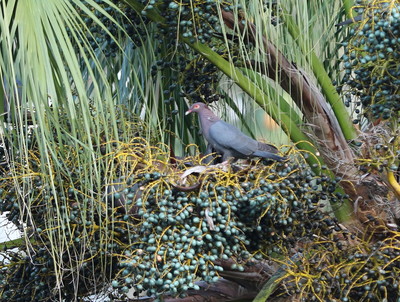
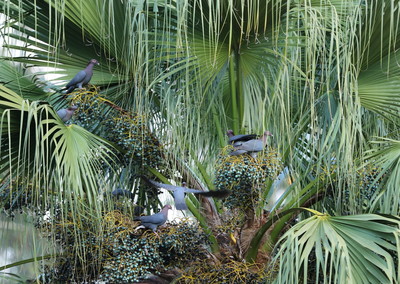
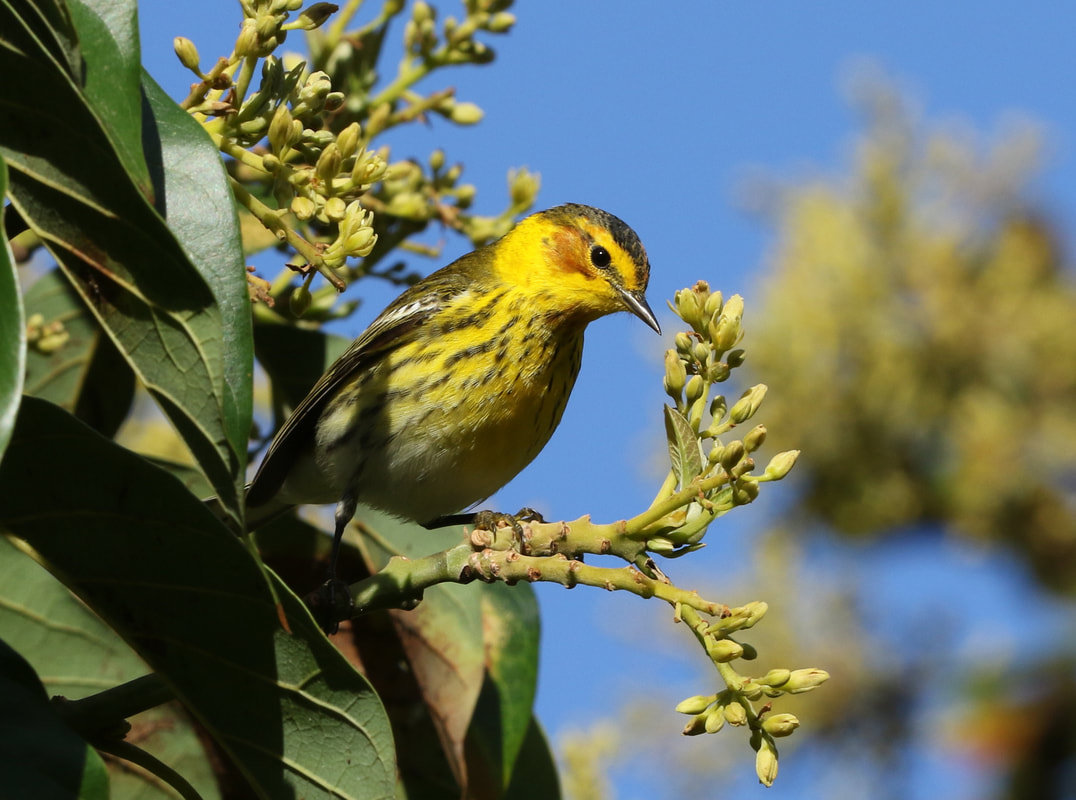
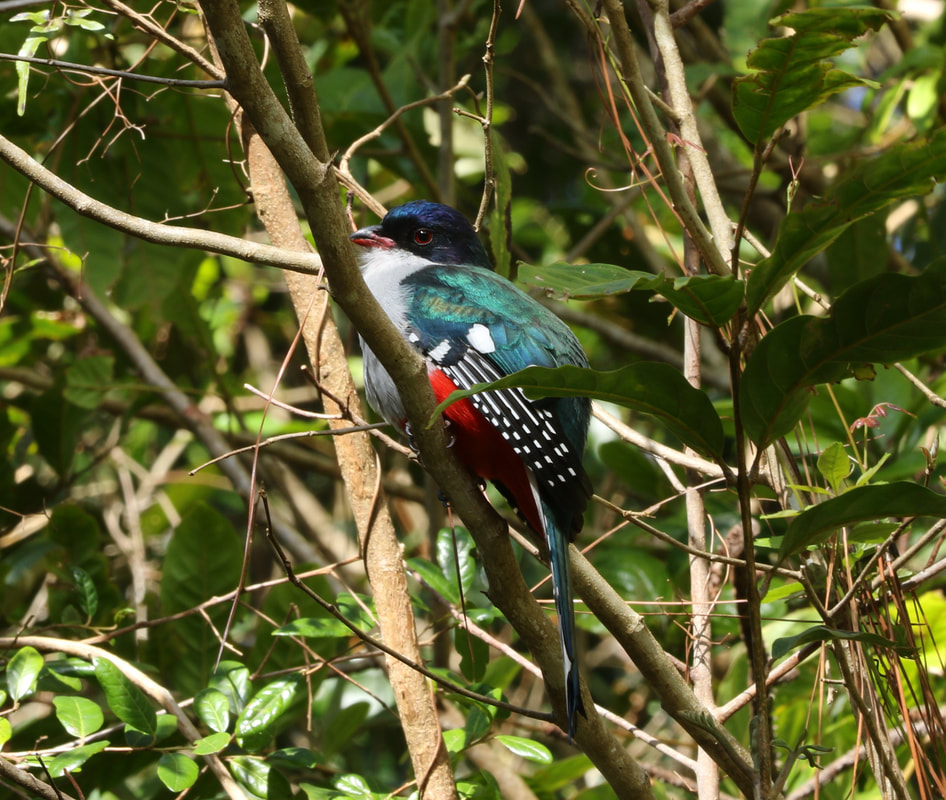
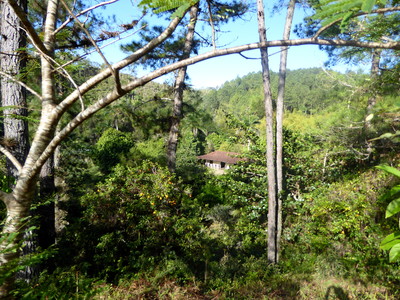
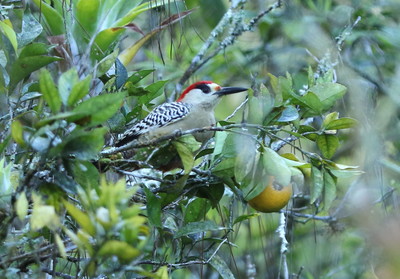
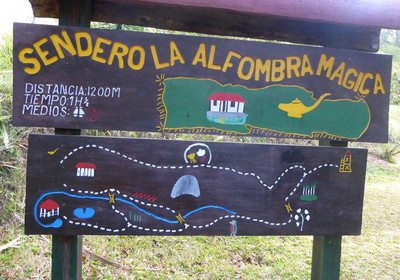
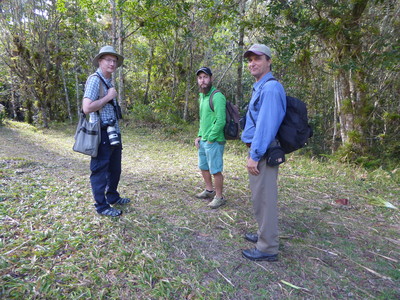
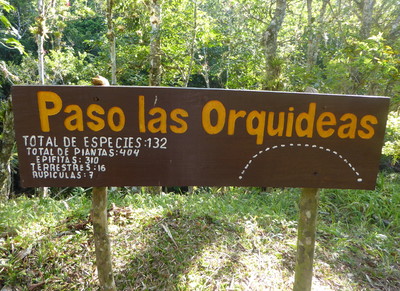
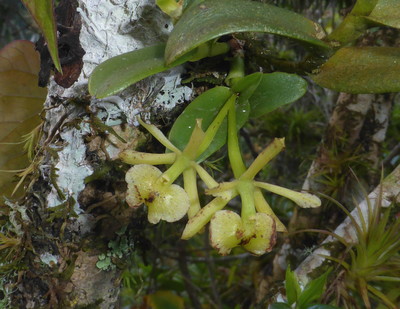
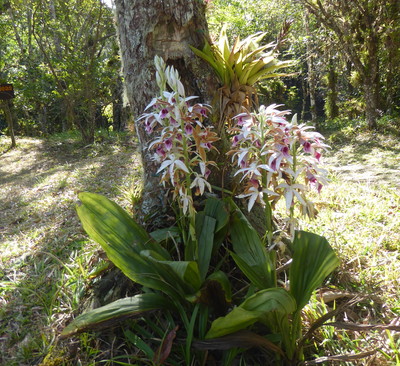
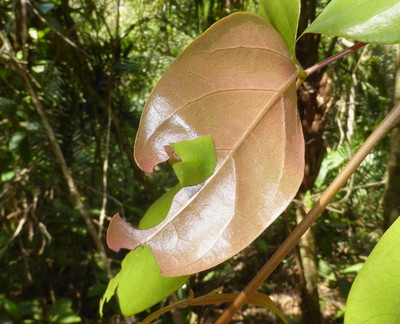
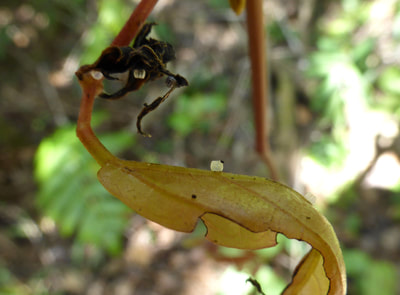
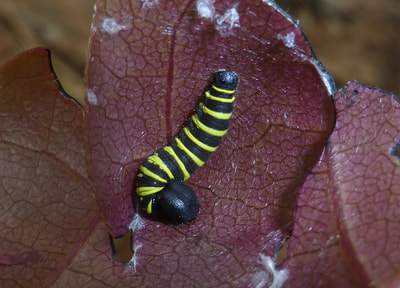
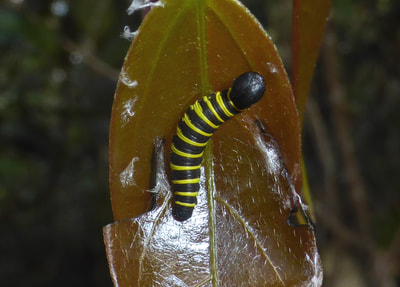
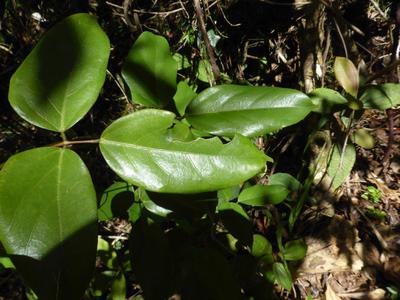
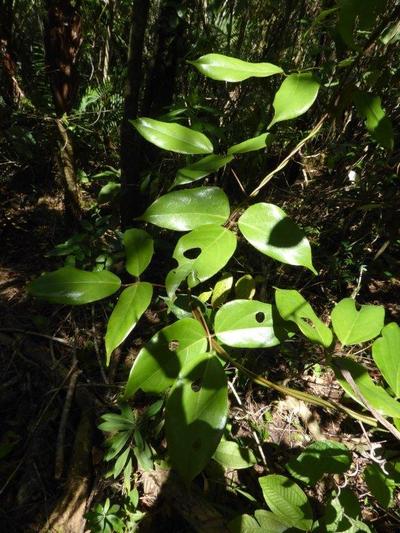
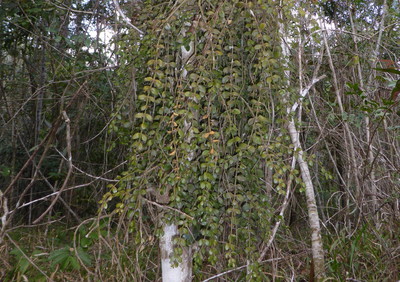
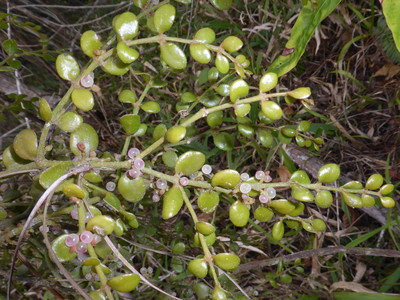
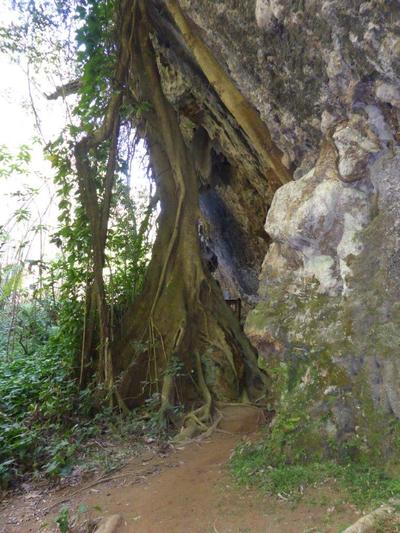
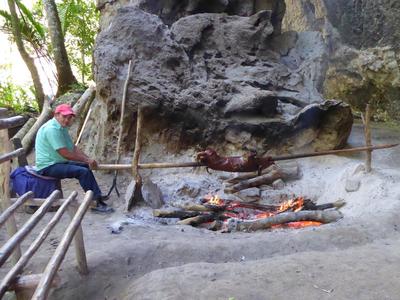
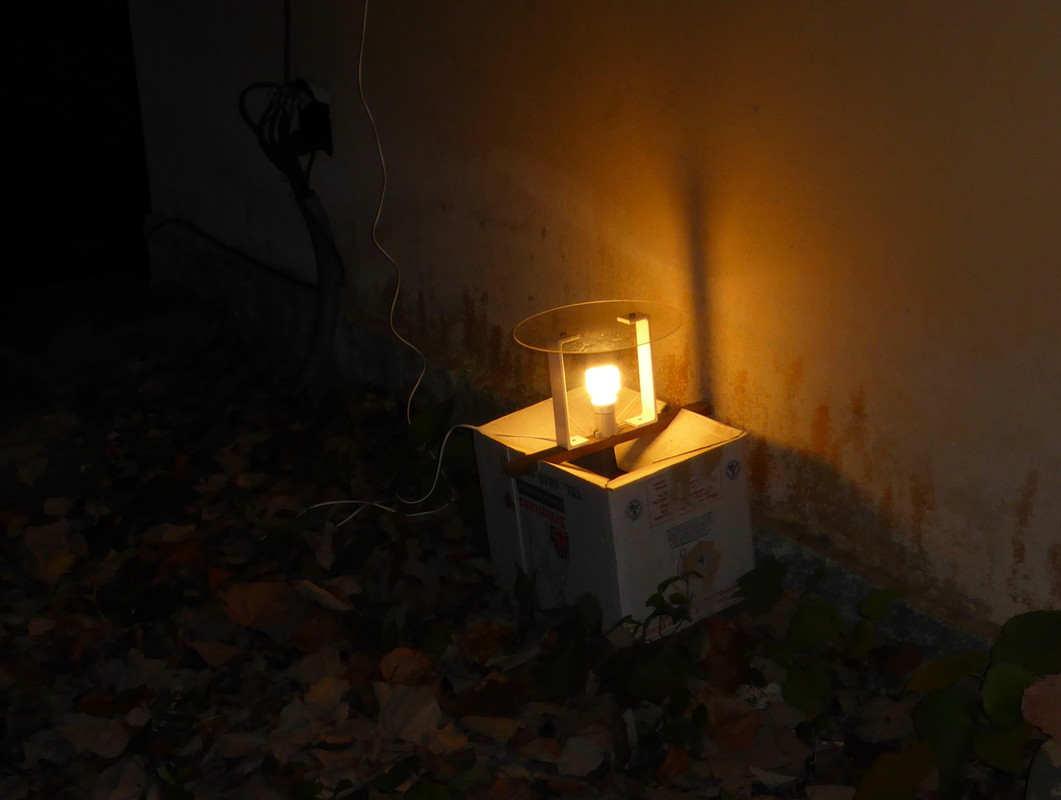
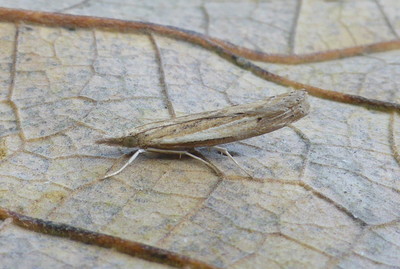
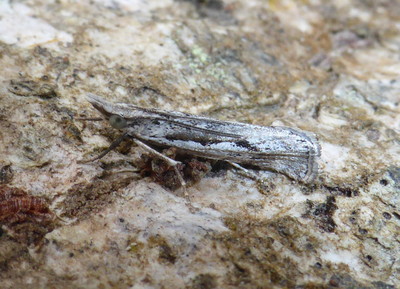
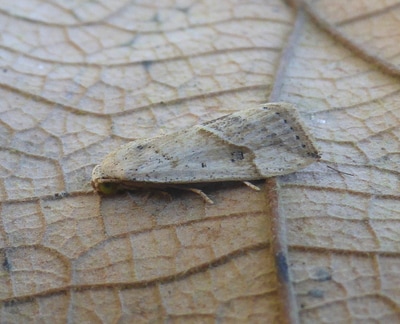
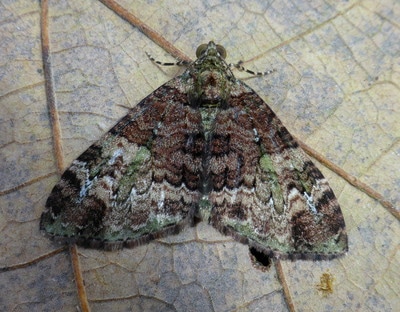
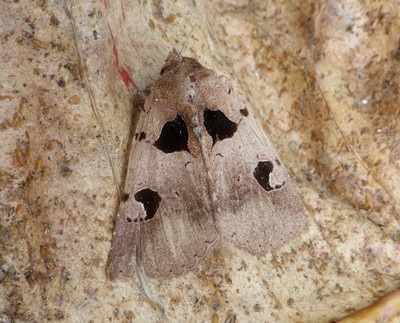
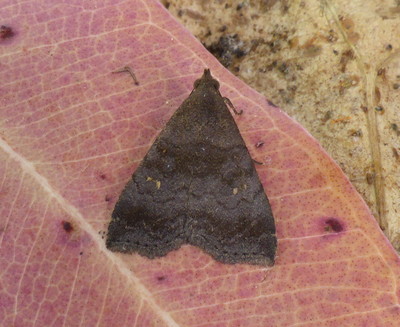
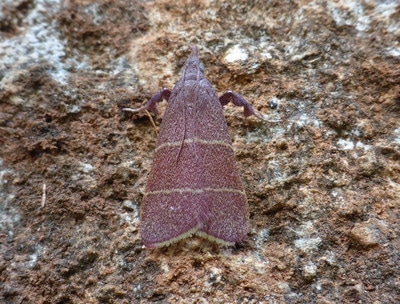
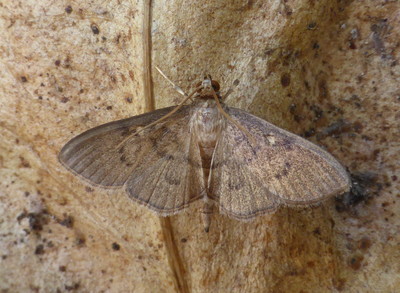
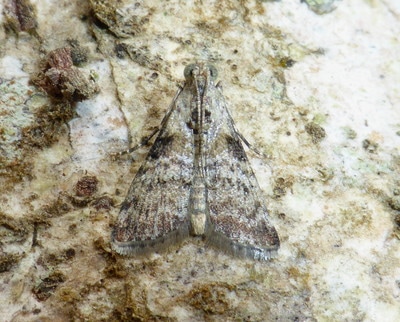
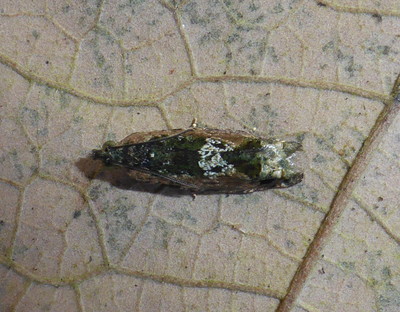
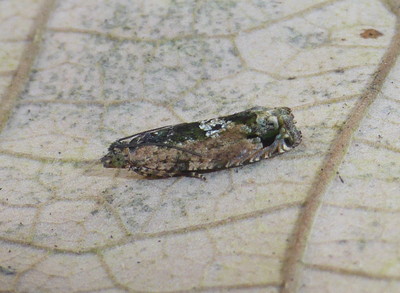
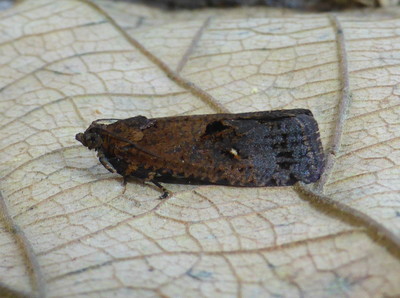
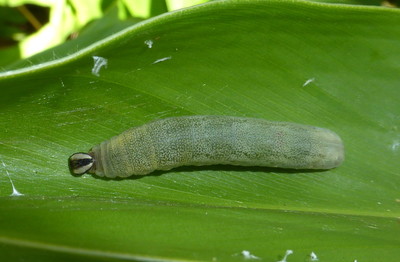
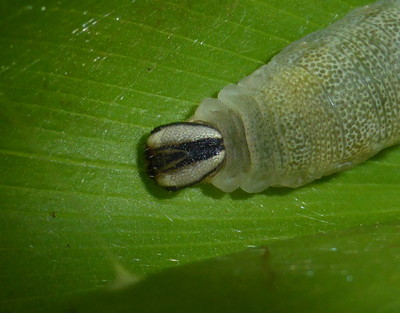
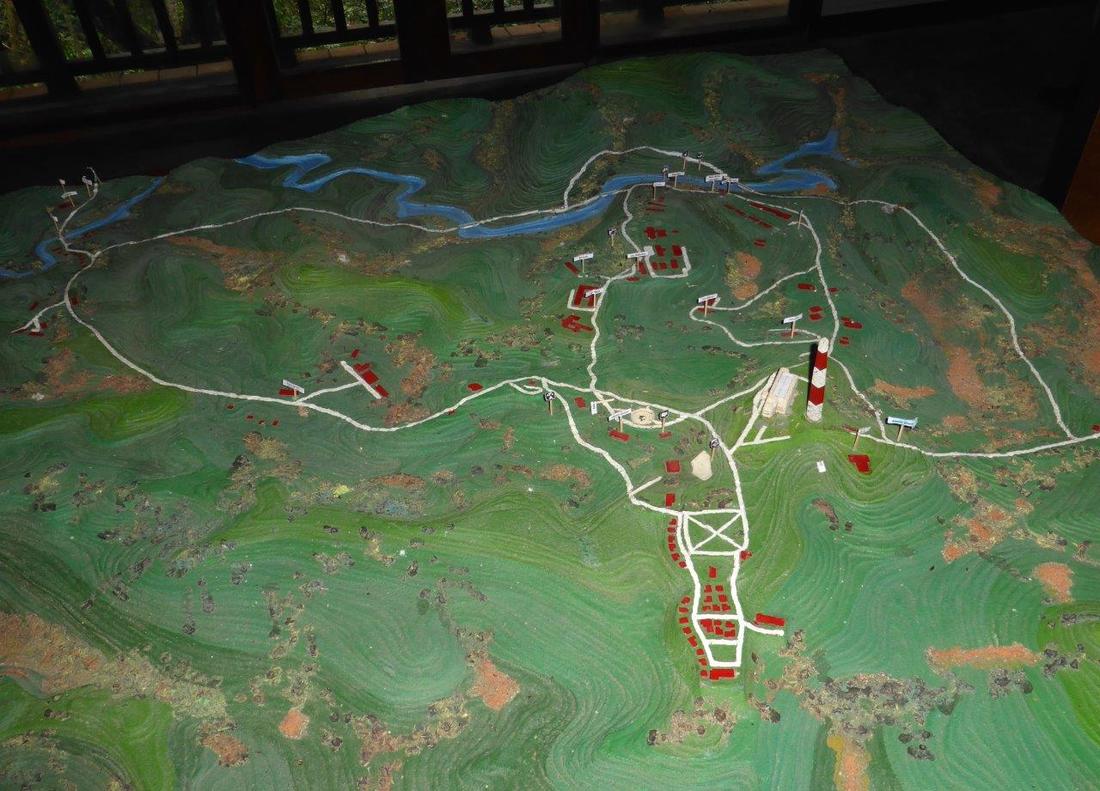
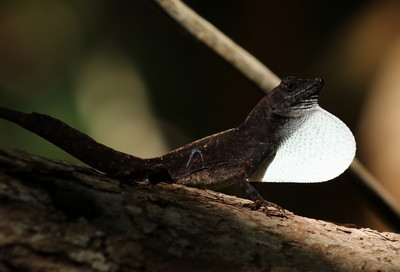
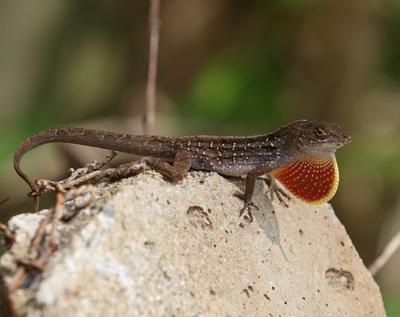
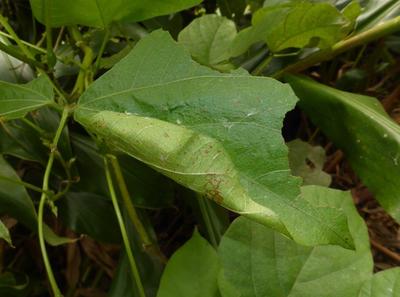
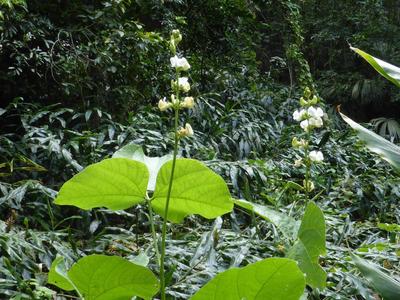
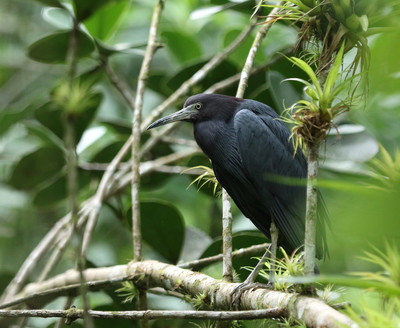
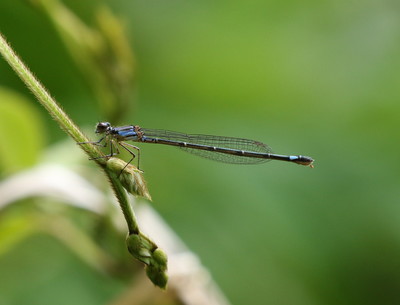
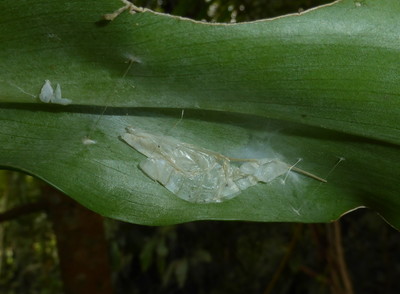
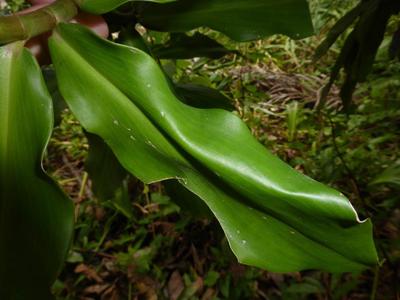
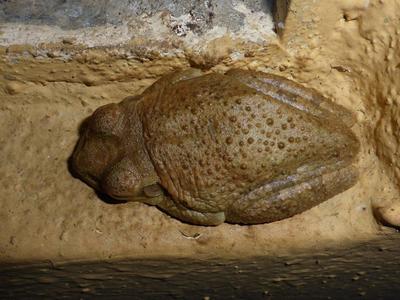
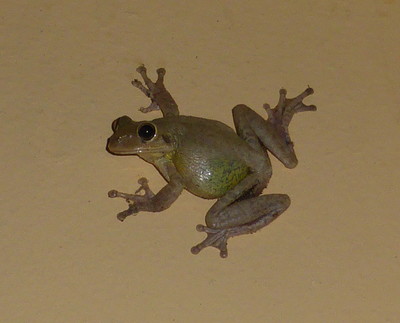
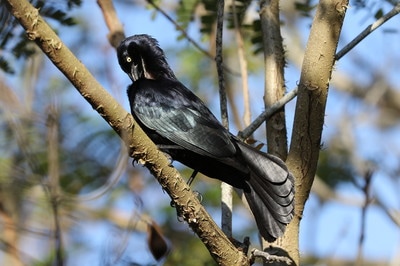
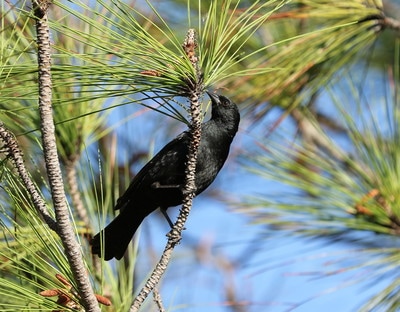
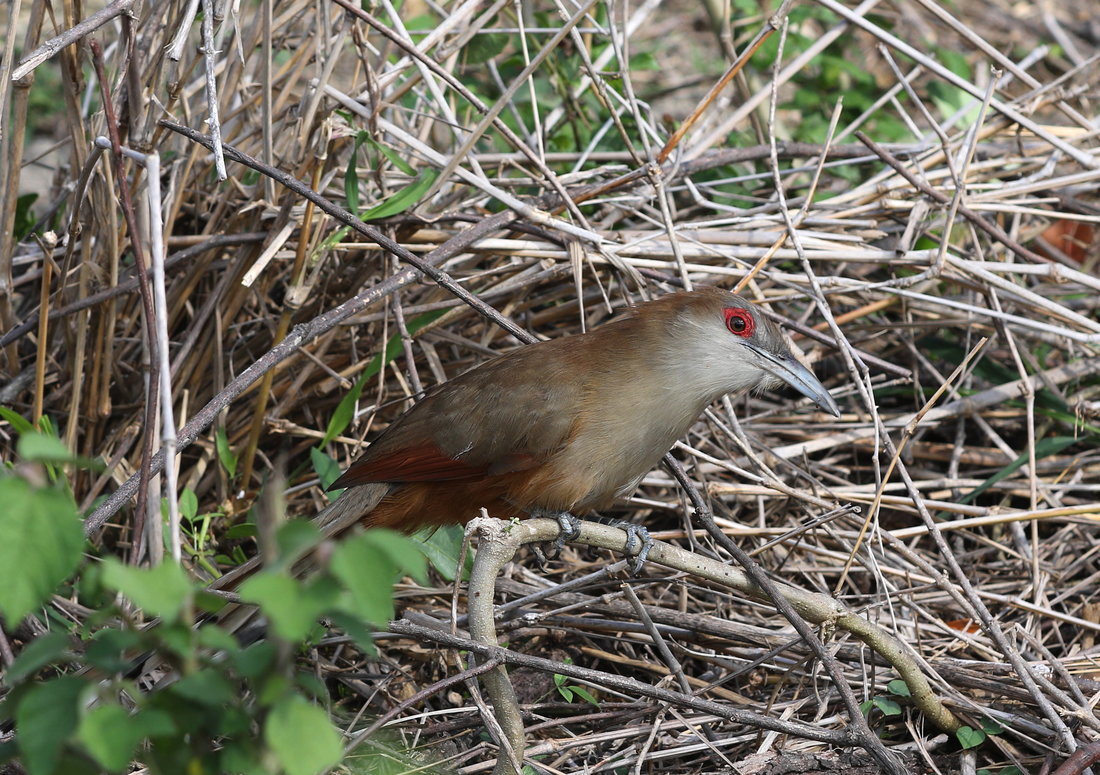
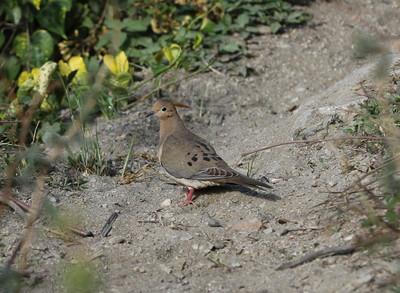
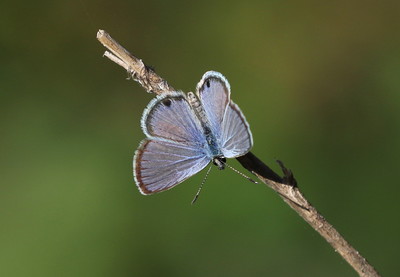
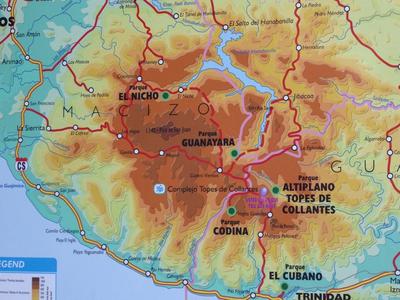
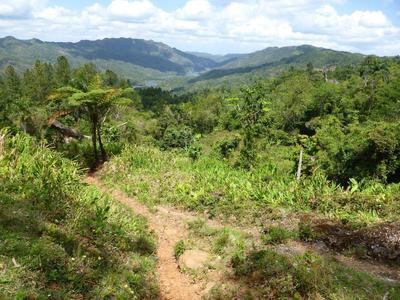
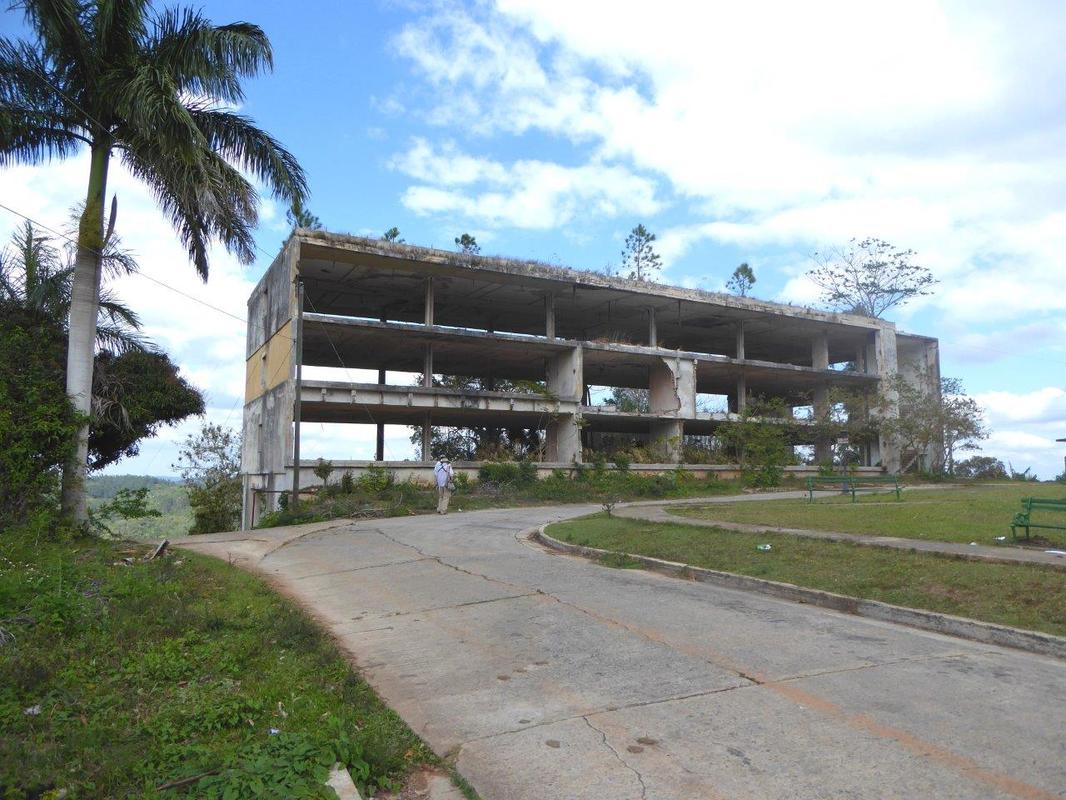
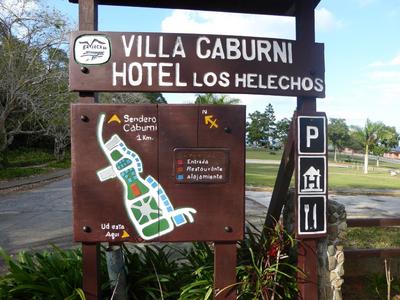
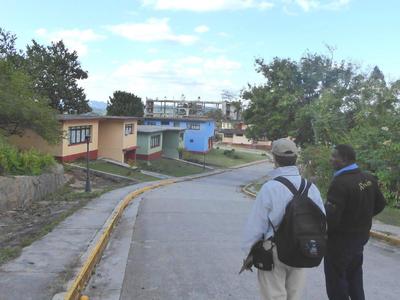
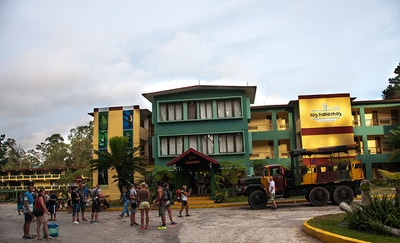
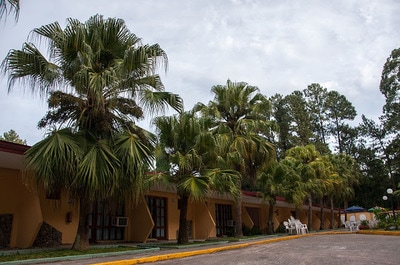
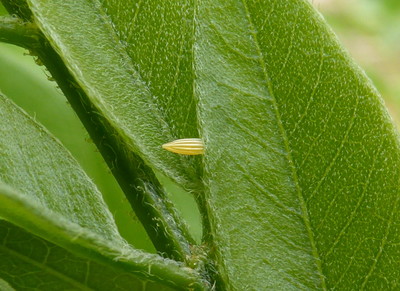
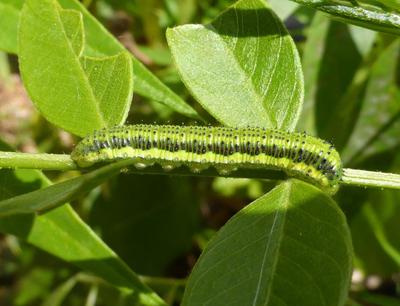
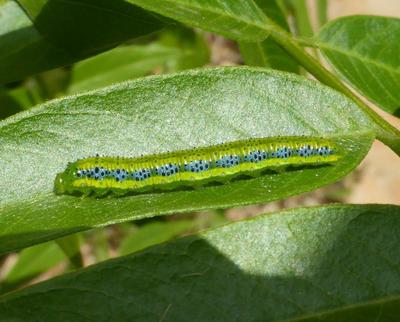
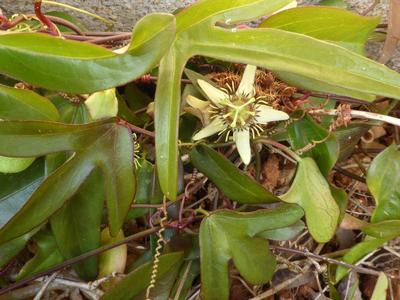
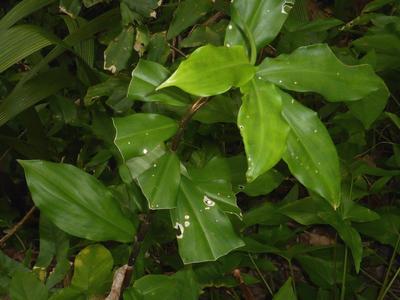
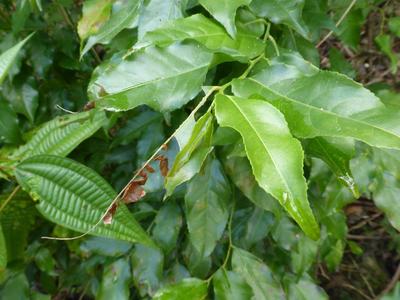
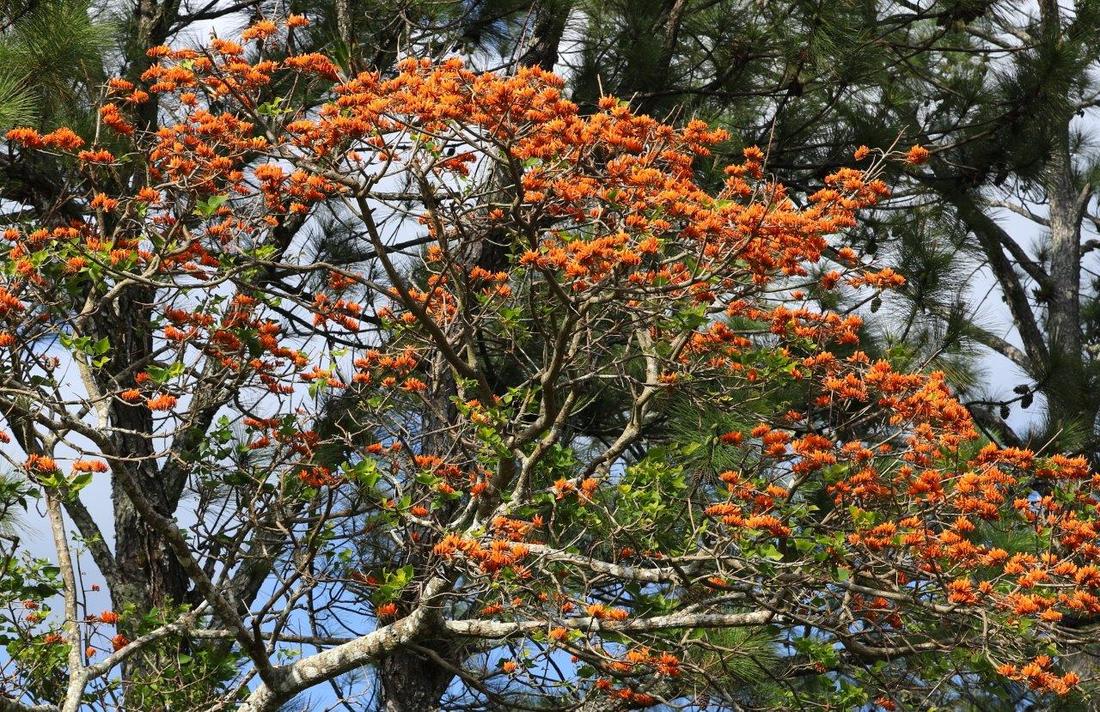

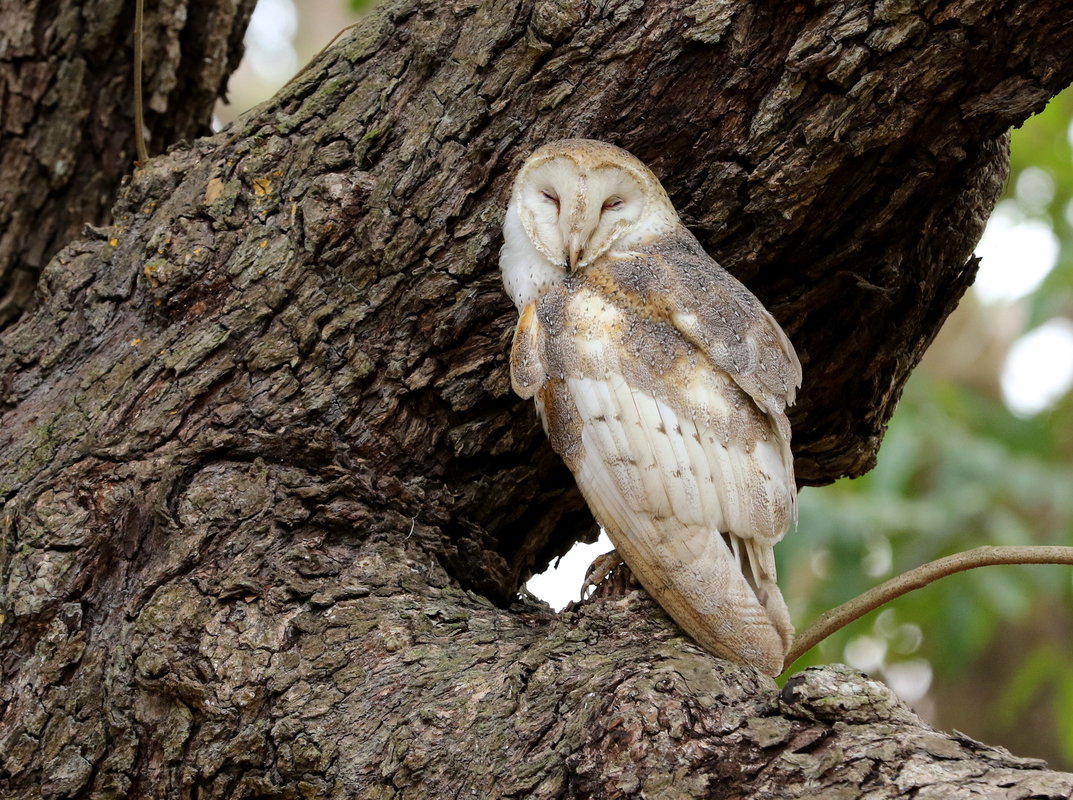
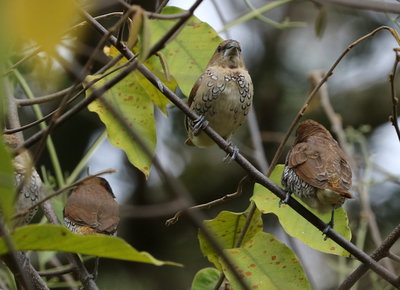
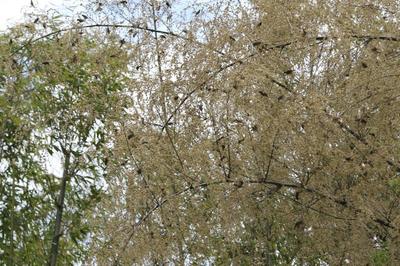
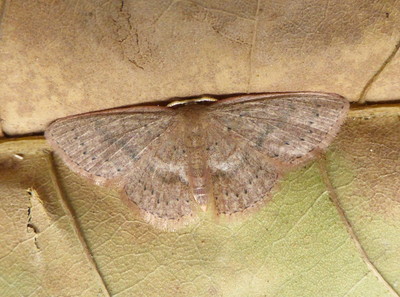
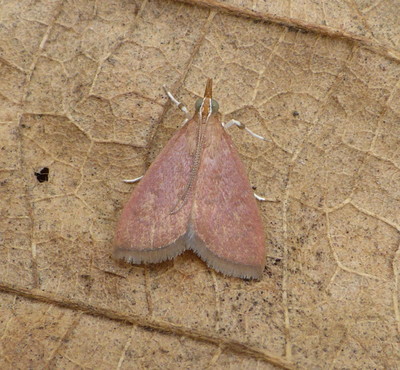
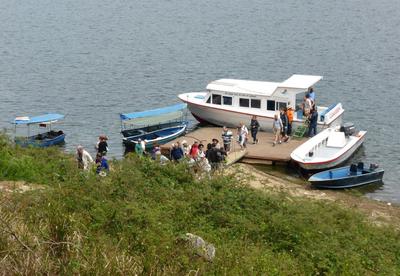
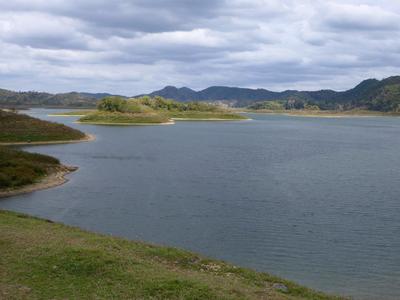
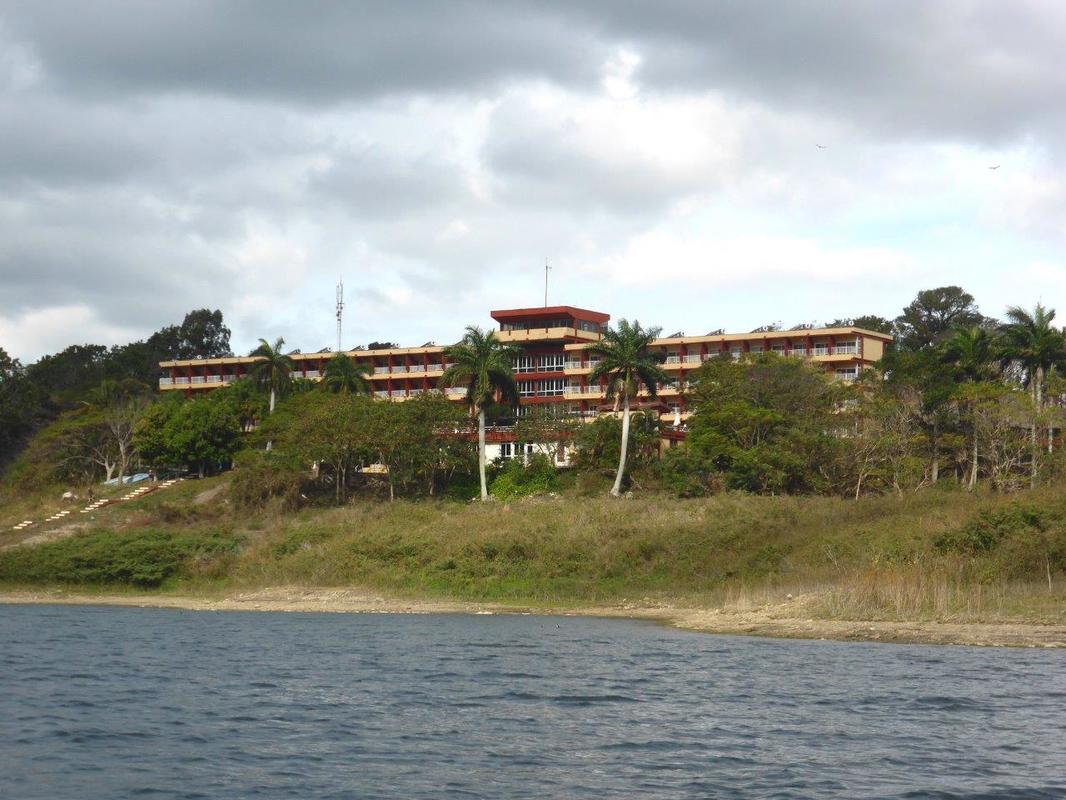
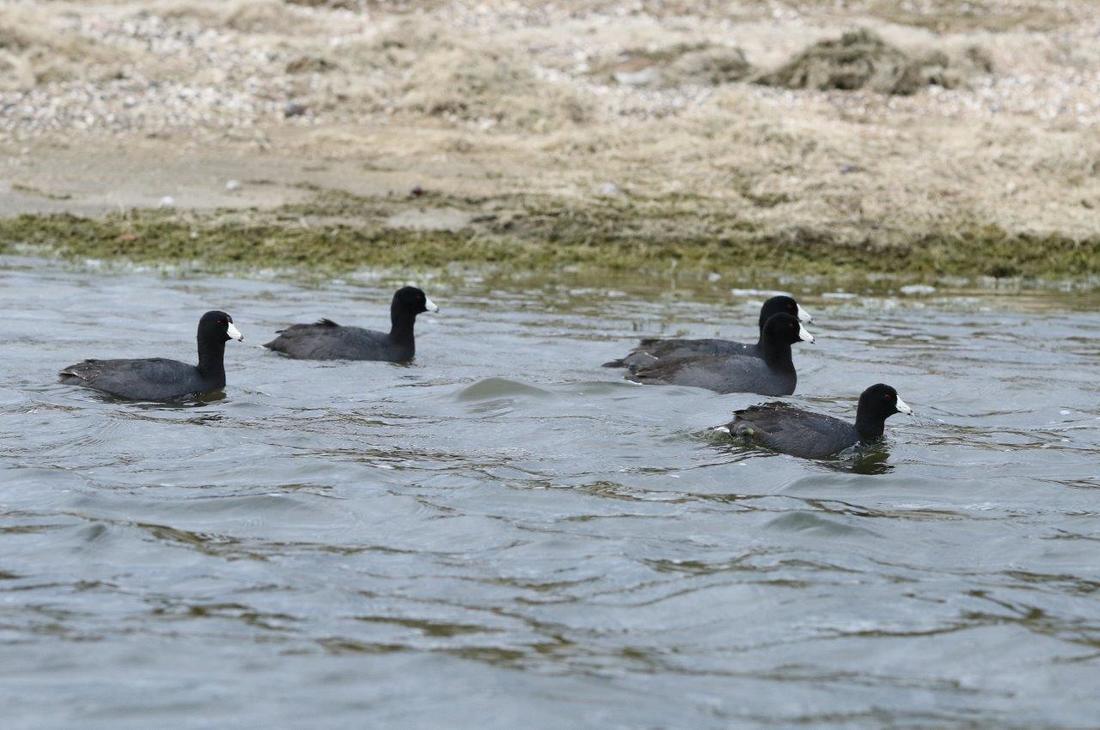
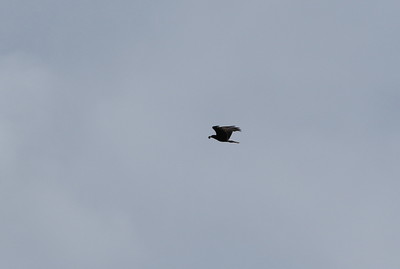
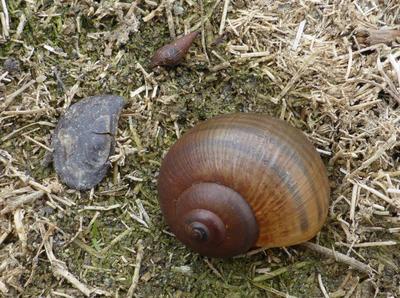
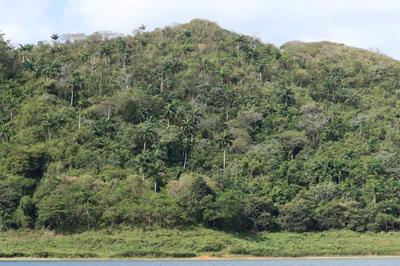
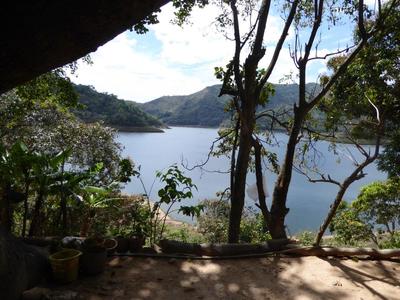
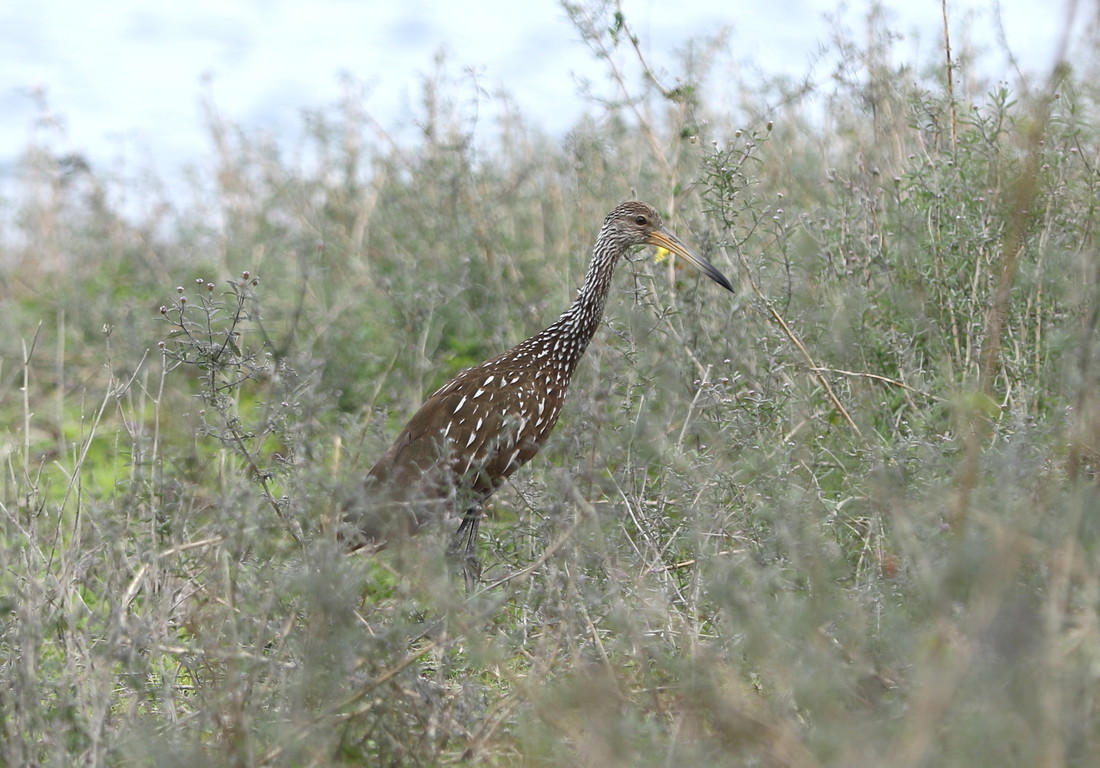
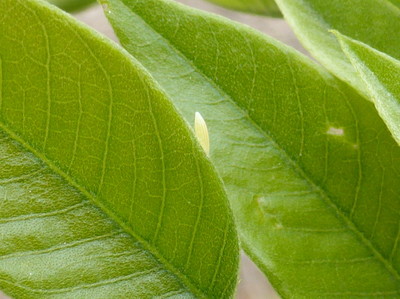
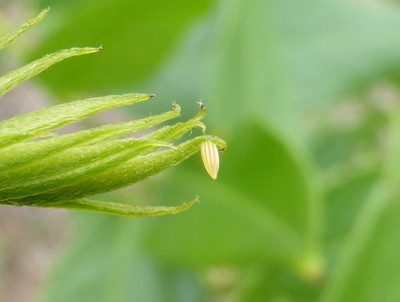
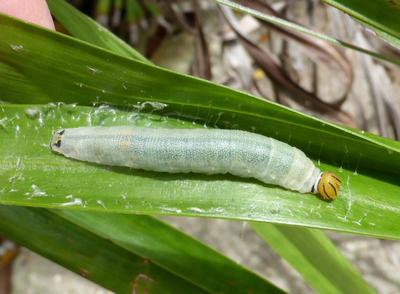
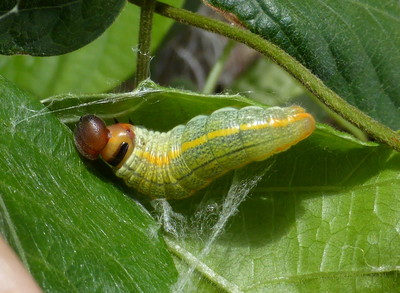
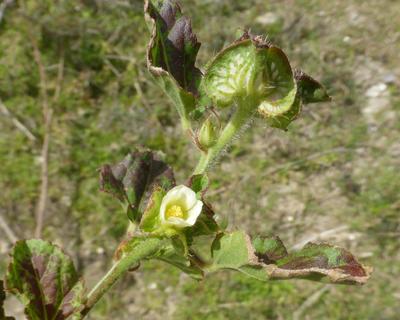
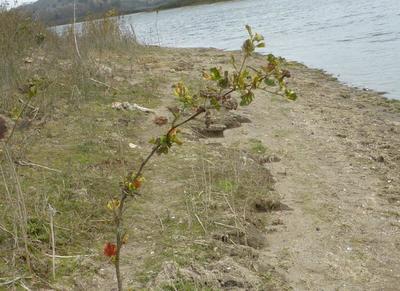
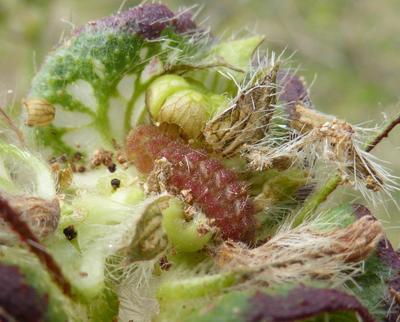
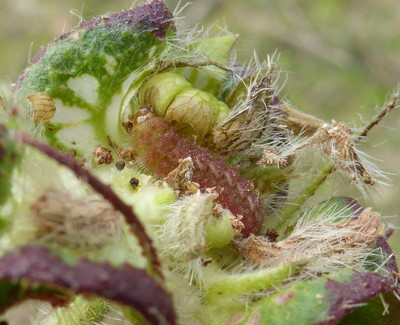
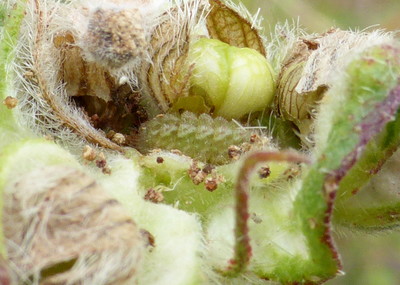
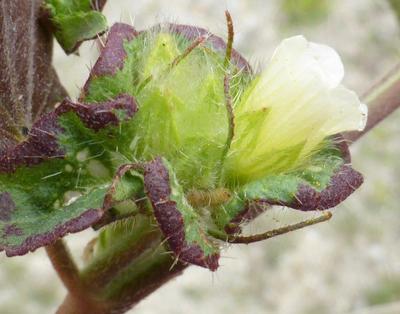
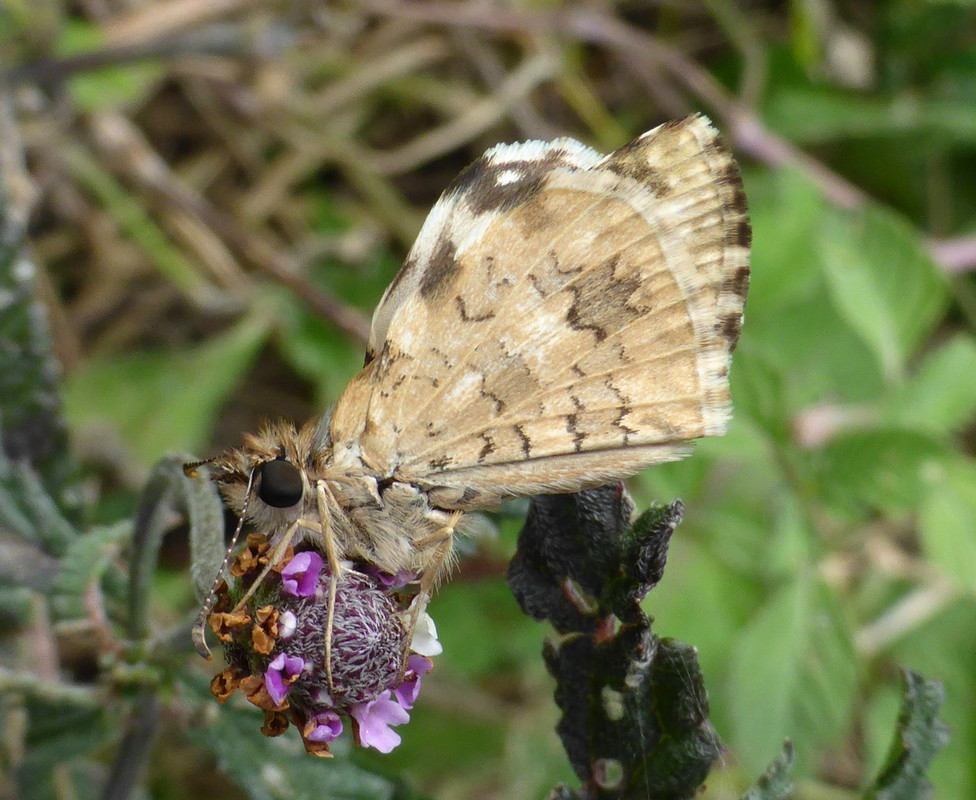
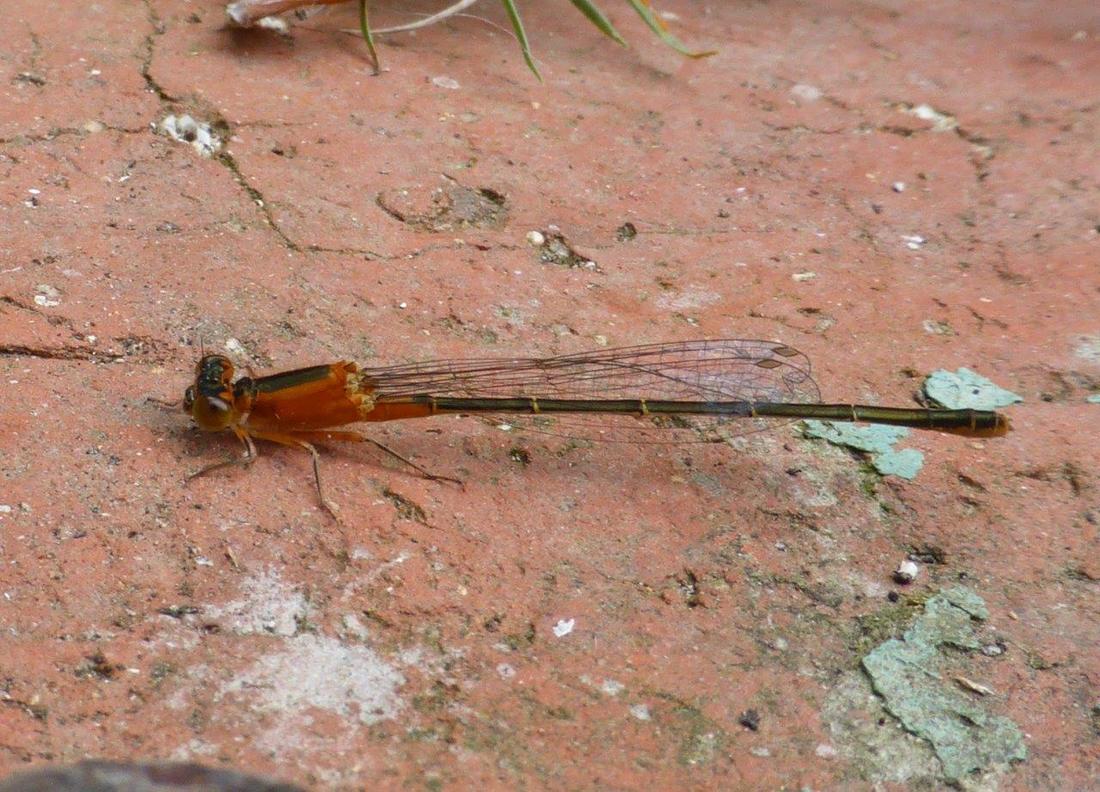
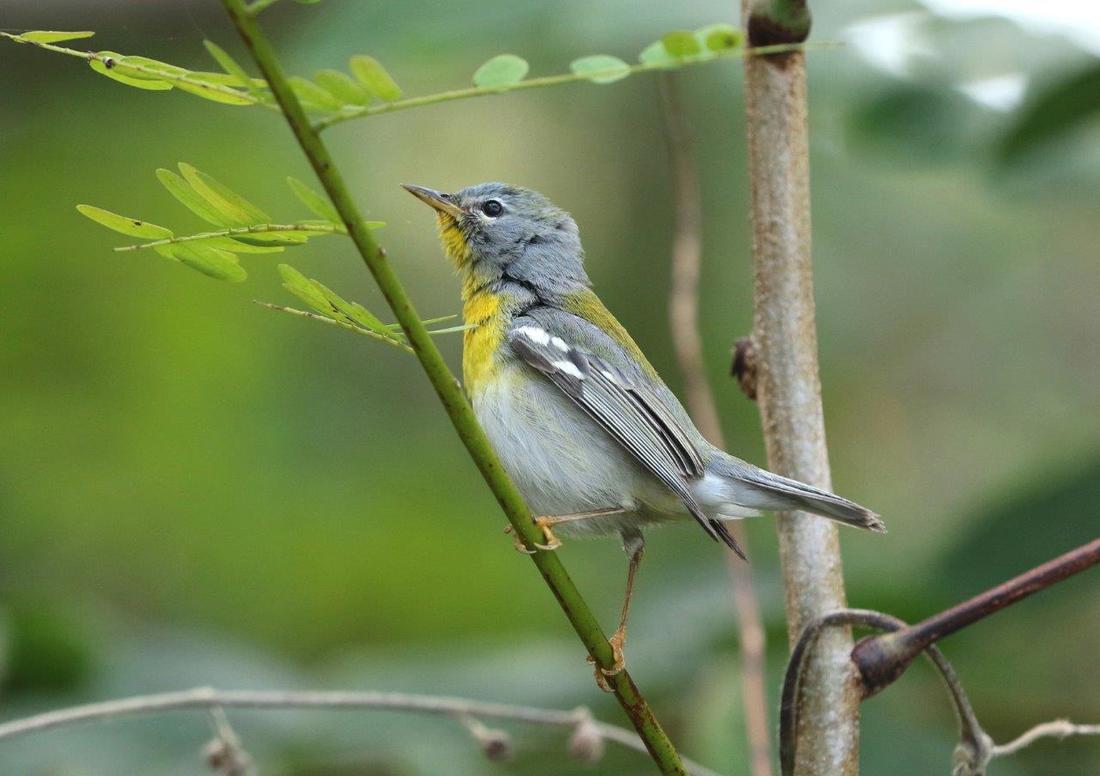
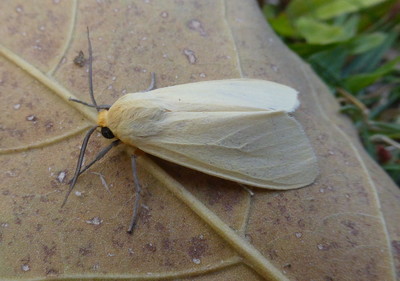
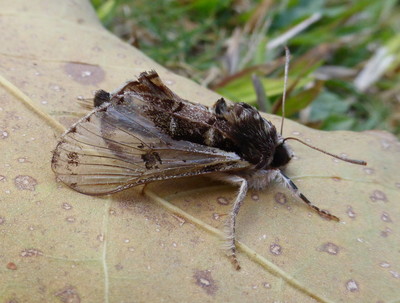
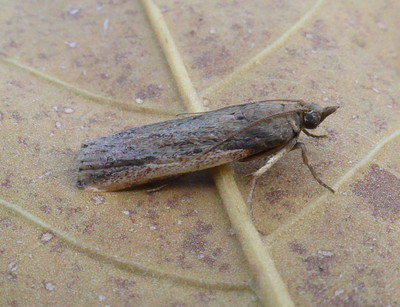
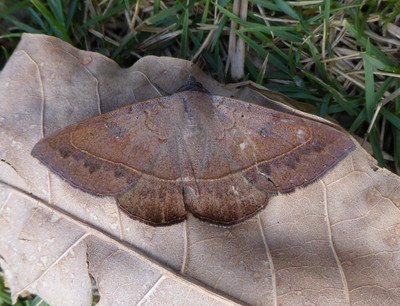
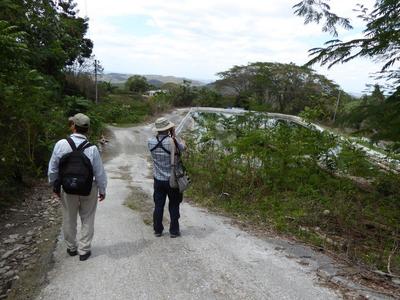
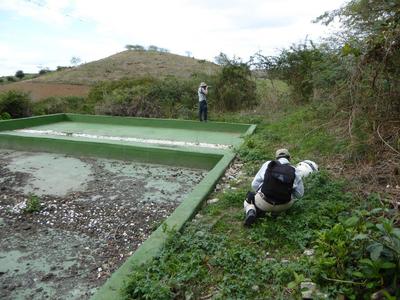
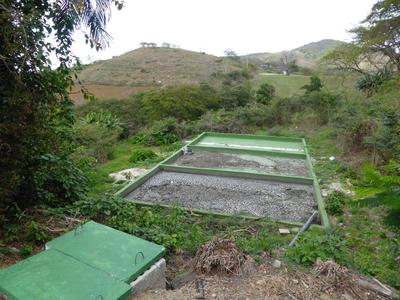
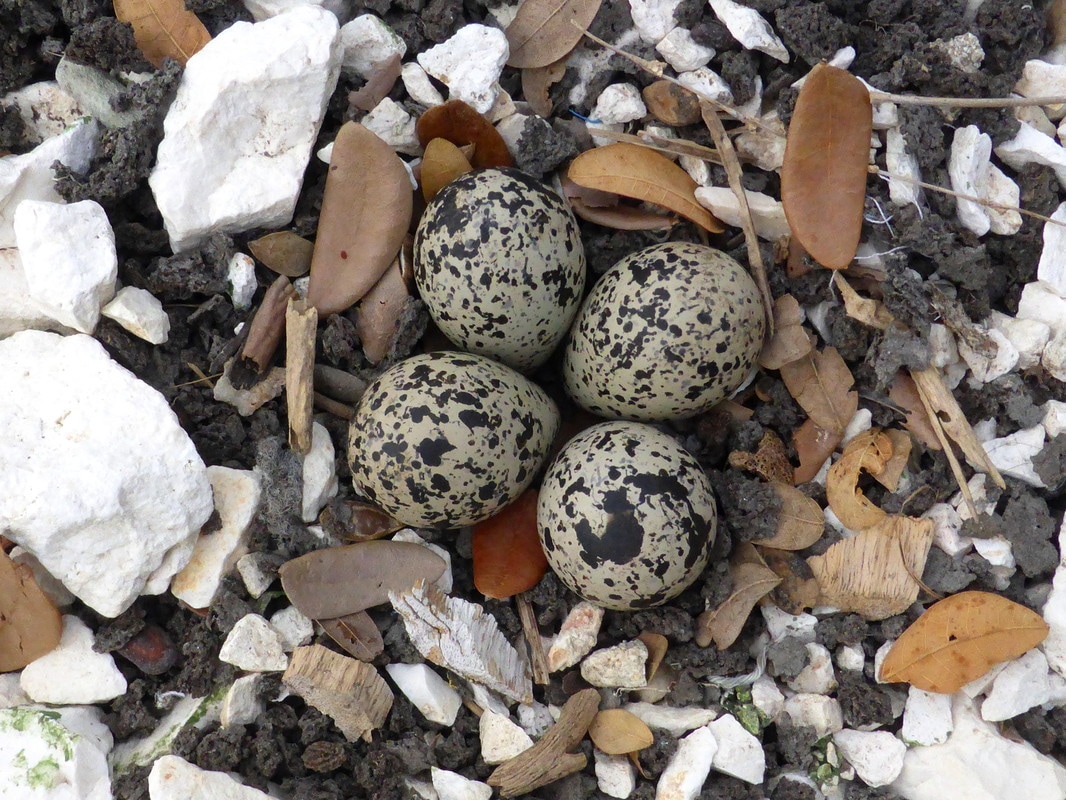
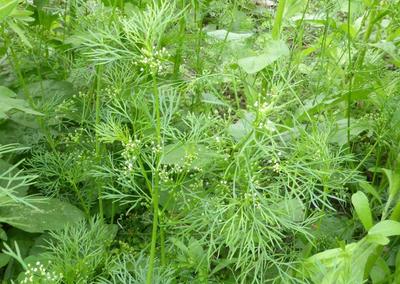
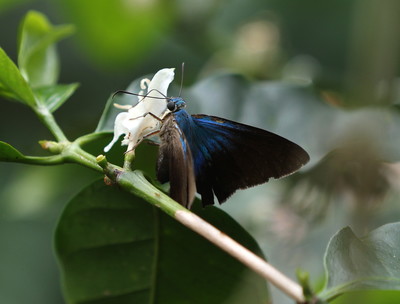
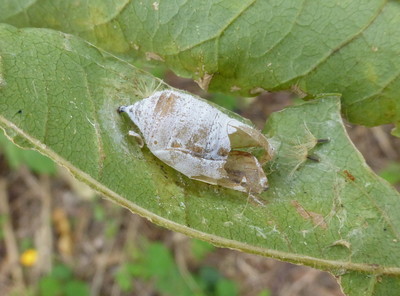
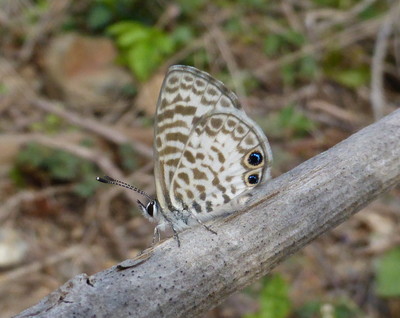
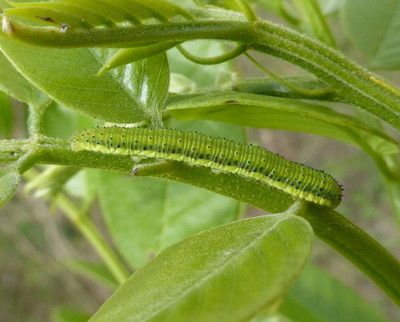
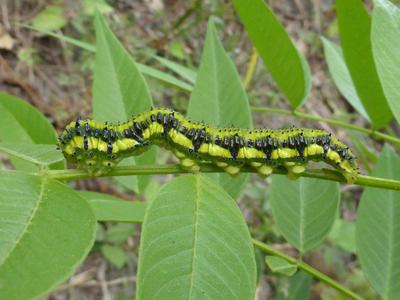


 RSS Feed
RSS Feed